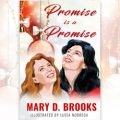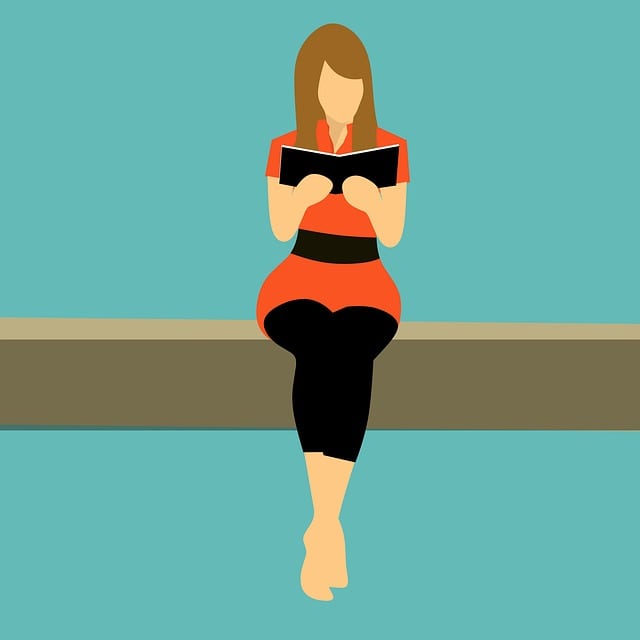Aug 2, 2015
My newsletter group had their first contest in July. It was to come up with a theme song for Zoe that fit her personality. Petra from Germany submitted the perfect song for Zoe. It’s called Addicted To You and it fits perfectly. Petra wins the $50 Amazon Gift Certificate! If you would like to join
Aug 2, 2015
I was quite chuffed this morning to receive an email from Independent Author Network IAN Awards. The Independent Author Network presents the 2015 IAN Book of the Year Awards, an international contest open to the public with 18 fiction and non-fiction categories. Winners are eligible to receive a share of cash and prizes exceeding $10,000. An
Jul 19, 2015
Reader’s Favorite site has reviewed In the Blood of the Greeks. Check out their five star review! Check out the other reviews for the novel here Reviewed by Rabia Tanveer for Readers’ Favorite In The Blood of the Greeks by Mary D. Brooks is set in the period of World War II. Eva is the
Jul 14, 2015
Lucia has created magic once again with the latest illustration based on the 5th novel “No Good Deed”. If you are keeping spoiler free… I’ll only show you a little bit of the illustration. You get Zoe. ONLY if you want to see this full illustration and more from No Good Deed – please click
Jul 13, 2015
There are several new reviews for No Good Deed so check out the No Good Deed Reviews page
Jul 12, 2015
I was recently interviewed by Motorwriter.com about my newest novel “No Good Dood” and about my writing. Read the Interview here



















